Unlocking Search Success: Your Comprehensive WordPress SEO Checklist
November 30, 2023
Sumeet Sinha
What has been updated from the old blog post:
1. Additional content to the ‘intro’ section
2. Additional content to the checklist section
Summary: From selecting SEO-friendly themes to optimizing permalinks, creating XML sitemaps, and mastering content strategies, this checklist covers it all. Learn how to enhance site speed, optimize images, and leverage the power of internal and external linking.
Blogging is a great way to share your ideas and expertise with the world. But to attract the right audience and grow your blog, you need to be found on search engines. This is where search engine optimization (SEO) comes in.
By optimizing your WordPress blog for search engines, you can improve your visibility and attract more traffic. Creating an effective WordPress SEO checklist is critical for optimizing your website and enhancing its search engine visibility.
WordPress SEO Checklist, You Can’t Ignore
Let’s get straight to a comprehensive WordPress SEO checklist that will help you maximize your blog’s potential.
Reliable hosting provider

Source: whitelabelitsolutions
The first item on our WordPress SEO checklist is selecting the correct hosting provider. To guarantee that your website is search engine optimized, you should select a reputable hosting service.
There are several hosting services on the market from which to host your website. The following are the several types of website hosting available:
1. Shared hosting
Your website is hosted on the same server as other websites through shared hosting. While this choice is cost-effective as you share expenses with other businesses, there’s a potential drawback of slower website performance due to the shared hosting environment.
2. Dedicated server hosting
On the other end of shared hosting is dedicated server hosting. With this option, you have a private server to host your website and manage it yourself. It’s a great way to ensure you control your host, but it comes at a cost.
3. Cloud hosting
An alternative for hosting your website is cloud hosting. With this choice, there’s no need to establish infrastructure for hosting; instead, you can distribute your resources across various servers. Additionally, this option scales seamlessly as your business expands.
Configure search engine webmaster tools
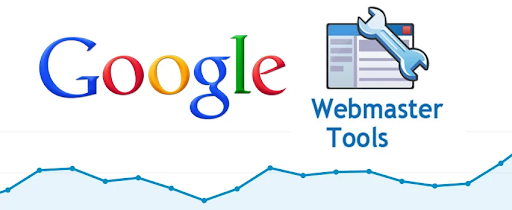
Source: advance-metrics
Establish accounts on various search engines’ webmaster tools, such as Google Search Console, Bing Webmaster Tools, and Yandex Webmaster Tools.
These complimentary tools are invaluable for monitoring your site’s organic search performance. Utilize them to identify the keywords driving traffic to your website, assess rankings, submit sitemaps, pinpoint errors that may hinder your site’s visibility on search engines, and more.
Google Search Console provides insights into indexed pages in search results. By utilizing this information, you can investigate reasons for non-indexed pages, address any issues, and submit those pages for indexing.
Keyword research

Source: i0.wp
Keyword research is the process of finding the best keywords for your blog. These are the words and phrases that people use to search for information on search engines like Google. By targeting the right keywords, you can attract more traffic and improve your visibility on search engines.
As Rand Fishkin, the founder of Moz, affirms, “Keyword research is the bedrock of all SEO.” Through thorough keyword research, you can identify the words and phrases your target audience uses to search for information.
This knowledge empowers you to create content that is relevant and valuable to your audience while optimizing your website for those keywords. By implementing effective keyword research strategies, you can enhance the visibility and impact of your blog.
To start with keyword research, you can use tools like Google Keyword Planner, SEMrush, and Ahrefs. These tools will help you find keywords that are relevant to your blog and have a high search volume.
You can also use these tools to find long-tail keywords, which are more specific and less competitive and account for 70% of all search queries, according to Neil Patel, a digital marketing expert.
Once you have a list of keywords, you can use them to optimize your content. Make sure to include your target keywords in your:
- Page titles
- Meta descriptions
- Header tags
- Throughout your content
However, exercising caution is important, keyword stuffing can harm your SEO and it not only jeopardizes your SEO endeavors but also diminishes the very essence of your content.
Hence it is important to utilize keywords strategically while prioritizing high-quality, reader-centric content.
SEO plugins
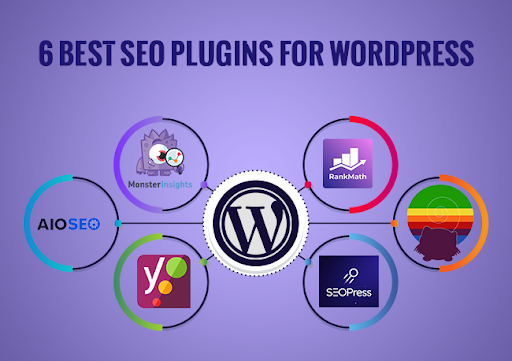
Source: hostitsmart
To enhance your WordPress site’s performance, begin by locating and installing SEO plugins specifically designed for WordPress. These plugins empower you to optimize your website for search engines via a slew of features, such as XML sitemaps, meta tag customization, and content analysis to help you optimize your pages for search engines, ultimately improving your ranking in search results.
Yoast SEO stands out as the widely favored SEO plugin for WordPress. Offering comprehensive features, this plugin equips you with all the essentials to boost your website’s search engine rankings, encompassing meta tag optimization, enhancements in page speed, and additional functionalities.
Permalinks optimization
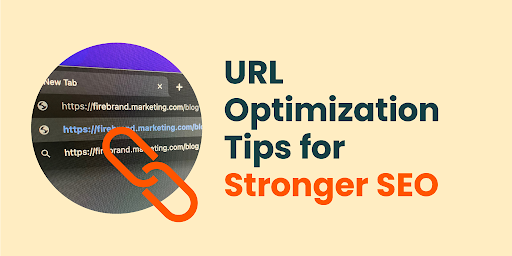
Source: i0.wp
Optimize your permalinks for search engines by tailoring them to be user-friendly. Craft concise and descriptive URLs that incorporate your desired keywords. Configure these settings easily within the Permalinks section of your WordPress dashboard.
Create an XML sitemap
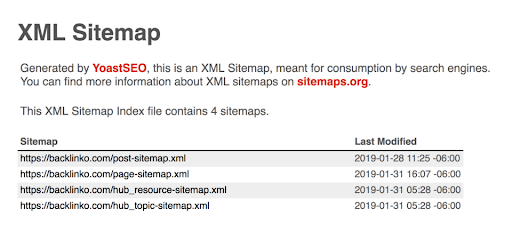
Source: backlinko
Enhance the efficiency of search engine crawling and indexing for your site with XML sitemaps. While SEO plugins typically generate sitemaps automatically, you also have the option to manually submit them to search engines such as Google through their respective webmaster tools.
Google Analytics integration into WordPress

Source: fibbl
Another essential tool to configure for your WordPress website is Google Analytics. This free tool provides insights into user behavior on your site, including their sources, viewed pages, and more.
Google Analytics becomes invaluable for monitoring your WordPress SEO efforts, allowing you to track the volume of visitors originating from organic searches. It serves as an excellent resource for observing website traffic patterns, identifying spikes and dips, and gaining a comprehensive understanding of user engagement.
Moreover, you can leverage Google Analytics to identify high-converting pages, enhance their SEO performance, discover opportunities for increasing organic traffic, monitor 404 errors, and perform various other analytical tasks.
Content creation
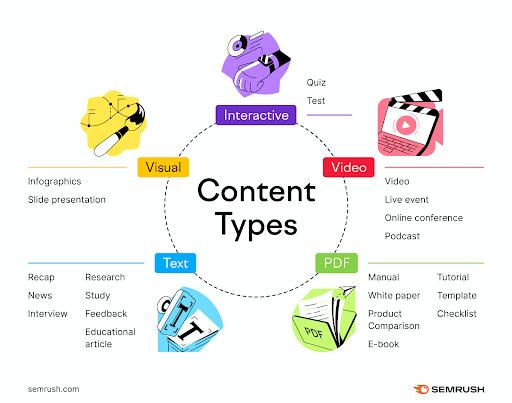
Source: semrush
Content is the foundation of SEO. By creating high-quality, valuable content, you can attract more traffic and earn more backlinks. Backlinks are links from other websites to your blog, and they are one of the most important ranking factors for SEO.
When creating content for your WordPress blog, make sure it’s:
- Engaging and relevant to your target audience
- Use your target keywords naturally and focus on providing content that answers users’ questions or solves their problems.
- Use images, videos, and other media to enhance your content
- Use subheadings and bullet points to make your content more scannable and easy to read
According to digital marketing expert Neil Patel, “Content is king.”. By creating exceptional, valuable content, you not only attract more traffic and earn valuable backlinks but also establish the foundation for a successful SEO strategy.
Additionally, employing internal links, which involves linking to relevant pages within your website, enhances your SEO by aiding search engines in comprehending your website’s structure and the relevance of your content.
Alt-Text for images

Source: wixstatic
Using alternate text or Alt-Text as descriptive text for images is a critical step in your WordPress SEO checklist. This technique optimizes the images on your website, making them easier for search engines to understand.
The alt text serves as a description that aids Google and other search engines in comprehending the subject matter of the image. This optimization enhances the visibility of your pictures on platforms like Google Images, potentially attracting more organic traffic to your site.
Adding alt text to your images in WordPress is straightforward. When uploading an image in the WordPress content editor through the Image block, you’ll find the Alt-Text option conveniently located in the settings panel on the right.
Internal linking

Source: wearekemb
Establish connections to other pertinent pages within your site. Internal linking plays a crucial role in aiding search engines in comprehending your site’s structure, enhancing user navigation, and facilitating the equitable distribution of link authority across your website.
External linking
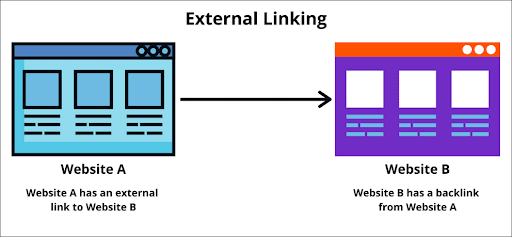
Source: infidigit
Include links to trustworthy external websites where relevant. Doing so can boost the credibility of your content and potentially result in receiving backlinks from other sites, contributing positively to your SEO efforts.
Social media integration

Source: i0.wp
Distribute your content across various social media platforms. Although social signals might not directly influence search rankings, engaging with social media can enhance the visibility of your content and draw in a larger audience.
Responsive design

Source: en-blog
Website responsiveness refers to how well your website adapts to different screen sizes and mobile devices. With more and more people accessing the Internet on their mobile devices, having a responsive website is important for SEO.
Mobile devices account for over 50% of all internet traffic, and Google prioritizes mobile-friendly websites in its search results, you may be missing out on potential traffic.
To ensure your WordPress website is responsive, you can use a responsive WordPress theme. There are many responsive themes available in the WordPress theme directory. You can also use plugins like Jetpack or WPtouch to make your website mobile-friendly.
With the increasing number of people accessing the internet through mobile devices, it’s no surprise that Google prioritizes mobile-friendly websites in mobile search results.
As HubSpot highlights, the trend of mobile internet usage is on the rise, and to achieve better rankings in mobile search results, it’s imperative to have a website that is optimized for mobile devices.
Additional read: Responsive Web Design in SEO
Optimize images

Source: milesweb
Compress and enhance your images to reduce file size without sacrificing quality. Employ descriptive file names and incorporate alt text containing pertinent keywords to assist search engines in comprehending the content depicted in your images.
Local SEO

Source: infidigit
If you have a local business or serve a specific geographic area, optimizing your WordPress website for local search is crucial. This includes things like
- Creating a Google My Business profile
- Creating business listings on local directories like Yelp and Yellowpages
- Optimizing your website for local keywords
Optimizing your WordPress website for local search is essential in making your business visible to potential customers in your area. You can utilize plugins like Yoast Local SEO or Local SEO for WordPress to achieve this.
By focusing on local search factors such as Google My Business, and local directories, and incorporating relevant local keywords, you can attract more local customers and improve your visibility in local search results.
And as emphasized by SEO expert, Joy Hawkins, the goal of local SEO is to connect with customers in your vicinity, and by implementing these strategies, you can effectively achieve that goal.
Site Structure and Site Maps
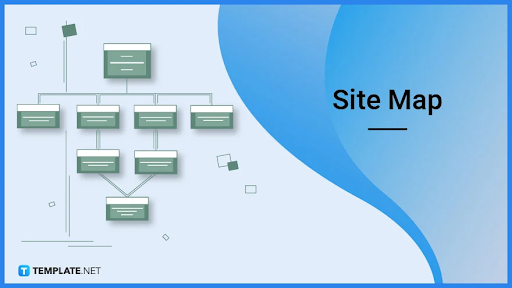
Source: template
A clear site structure and site maps can help search engines understand the organization of your website and the relevance of your content. This includes:
- Using clear, descriptive categories and tags for your blog posts
- Creating a sitemap and submitting it to search engines like Google and Bing
- Using breadcrumb navigation to help users and search engines understand the structure of your website
You can use plugins like Yoast SEO or Google XML Sitemaps to create and submit a sitemap for your WordPress website.
As Aleyda Solis, an international SEO consultant, says, “Site structure is one of the most critical aspects of SEO.”. By creating a clear site structure and site maps, you can help search engines understand the organization of your website and the relevance of your content. This can improve your visibility on search engines and make it easier for users to navigate your website.
By following this comprehensive WordPress SEO checklist, you can improve your visibility on search engines, attract more traffic, provide a better experience for your visitors, and grow your blog. Remember, SEO is an ongoing process, so it’s important to continuously monitor your website’s performance and make improvements over time.